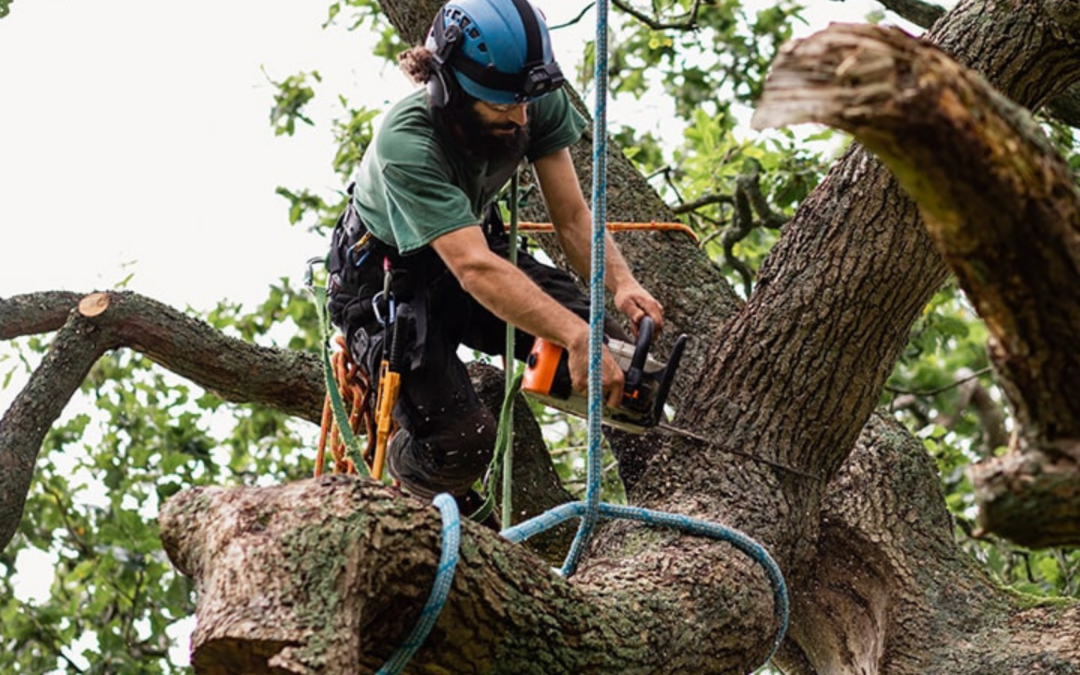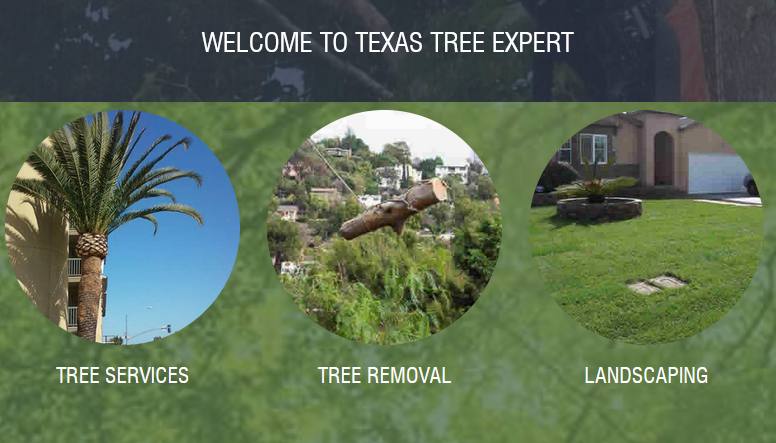
Houston, Texas, with its lush greenery and diverse ecosystem, boasts a plethora of trees that contribute to the city's beauty and environmental health. However, there are instances when tree removal becomes a necessity. Understanding the reasons, regulations, and methods involved in Tree Removal in Houston, TX is crucial for maintaining both safety and ecological balance.
Key Points:
1. Reasons for Tree Removal:
· Hazardous Trees: Trees weakened by disease, pests, or storm damage pose a significant risk to property and human safety. Removing them prevents potential accidents and property damage during severe weather.
· Diseased Trees: Infected trees not only jeopardize their own health but also risk spreading diseases to neighboring trees. Removing diseased trees helps prevent the spread of pathogens, safeguarding the overall tree population.
· Overcrowding: Trees planted too closely together can compete for resources such as sunlight, water, and nutrients, leading to stunted growth and weakened structures. Removing excess trees allows the remaining ones to thrive.
· Construction Projects: Urban development often requires the removal of trees to make way for buildings, roads, and infrastructure. Adhering to city regulations and obtaining permits are essential steps in such cases.
2. Regulations and Permits:
· Houston has specific regulations governing tree removal to preserve its urban forest and maintain environmental balance. Property owners must adhere to these regulations to avoid fines and penalties.
· Depending on the location, size, and species of the tree, a permit may be required for its removal. It's essential to consult with the city's Urban Forestry Department or a certified arborist to determine the necessary permits and procedures.
· Certain trees, especially those designated as protected species, may have additional restrictions on removal. Violating these regulations can result in legal consequences and fines.

3. Professional Tree Removal Services:
· Hiring a certified arborist or tree removal company is advisable for safe and efficient tree removal. These professionals have the expertise, equipment, and insurance to handle tree removal tasks safely.
· Before hiring a tree removal service, it's crucial to research their qualifications, reputation, and experience. Reading reviews and obtaining multiple quotes can help in selecting a reliable and reputable service provider.
· Professional tree removal services not only ensure the safe removal of trees but also offer additional services such as stump grinding, debris removal, and tree replacement, contributing to the overall health and aesthetics of the landscape.
Conclusion:
Tree removal in Houston, TX, is a complex process that requires careful consideration of various factors, including safety, environmental impact, and regulatory compliance. Whether it's removing hazardous trees, obtaining permits, or hiring professional services, prioritizing responsible tree management practices is essential for preserving Houston's urban forest for future generations. By understanding the necessity and nuances of tree removal, property owners can contribute to the city's green infrastructure while ensuring the safety and well-being of their communities.








Write a comment ...